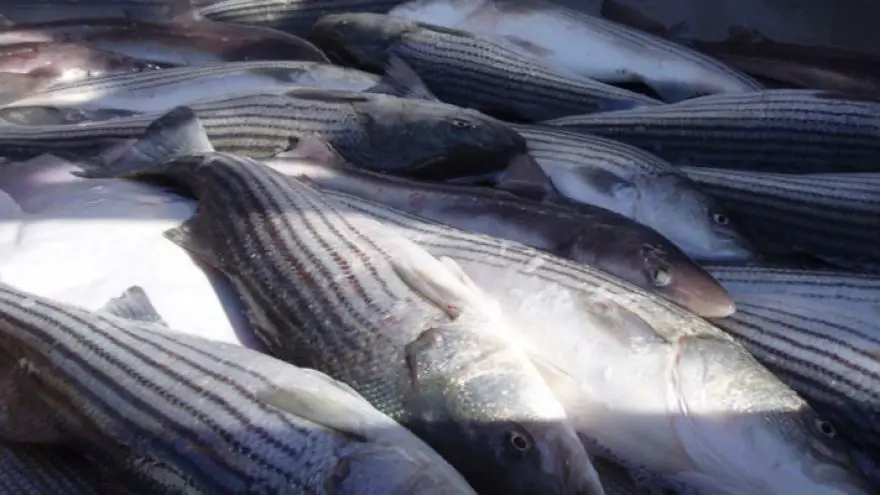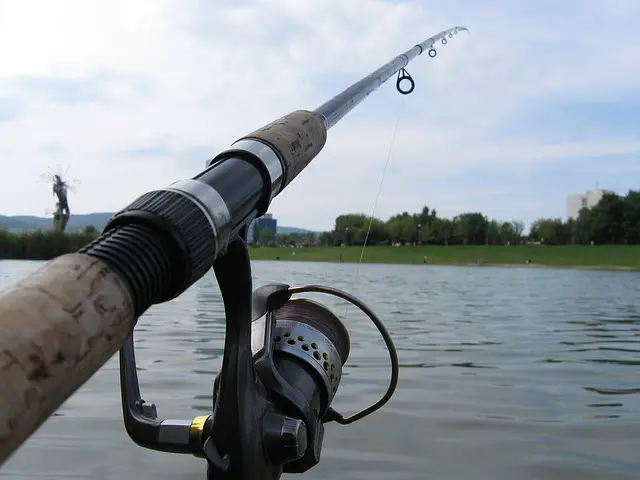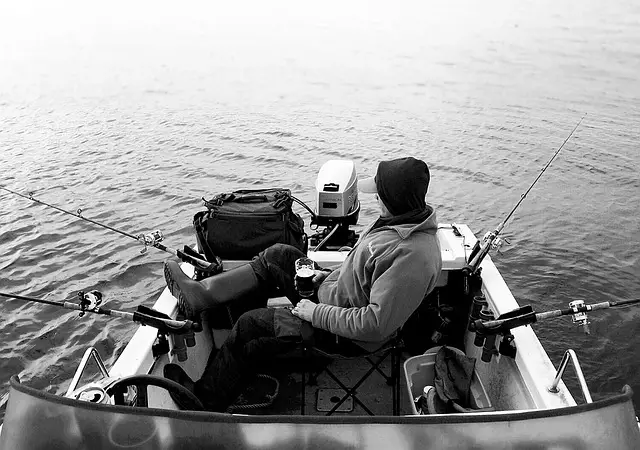Tips for Catching Atlantic Striped Bass
 Tips for Catching Atlantic Striped Bass
gearweare.net
Tips for Catching Atlantic Striped Bass
gearweare.net
Striped bass are a migratory fish found off the Atlantic Coast of North America. They will travel in schools as far north as Canada and as far south as Florida. Striped bass grow as large as 80 pounds and can put up a fight, but they are known more for their elusive nature. Their behavior is quite unpredictable as they travel over great distances.
One of the challenging and frustrating characteristics of striped bass is their tendency to not strike consistently. It is not unusual to find a large school of striped bass, cast your lure perfectly, and then watch the fish ignore your lure. Cast after cast you may continually expect action and never find any.

Striped bass are visual feeders and often will make their feeding decisions based on water clarity. If they can see that there is something fishy about your line or lure, they will often be hesitant. This may be even more common when there are ample food sources available. On the other hand, if the water is murky and they cannot get a clear view of your lure they may also be finicky. However, there are some tricks you can use for overcoming these difficulties.
Change It Up
As is with any type of fish that is not biting, your first step should be to change your strategy. Change the color of your lure, the size of the lure, or the size of the hooks. You can also change water depth, the motion of the lure, or the speed of retrieval. Try switching to live bait or chumming the water to get them feeding.

The color of your lure is very important in convincing a striper to strike. In clear water, you should be using natural colors that closely imitate natural baitfish. In cloudy water you can go brighter with your colors to get the attention of the fish. You can also try switching to a teaser rig to get stronger bites. Sometimes fish will ignore larger lures and strike aggressively at a small flutter of feather or plastic. There are plenty of ways to rig up your lure so that the teaser moves ahead of it to get some additional action.
Increase Your Speed
Stripers are fast swimming fish and have no problem chasing down the fastest lure. However, slower speeds and crystal clear water give this finicky fish too much time to study the lure. Often, a striped bass will strike during that last few yards as you are bringing the lure back to cast again. Up to this point they may have been bumping or nibbling at the lure. When the speed increases, the fish does not have time to scrutinize. It has to strike or miss out on a meal.
The key to this strategy is using a lure that will maintain its normal movement at higher speeds. Most lures work fine for this, but some will spin out at high speeds. The motion gets to be more than the lure can handle and it will spin off its normal line of retrieval. This erratic motion will scare fish away, so be sure your lure is cooperating with your retrieval strategy.
Use the Waves
As stated before, striped bass are most particular in clear water. This is the scenario in which the fish can study the lure and potentially decide not to bite. However, the natural movement of the ocean creates white water that is cloudier than still water. The crests of these waves are ideal places to cast your lures. It takes some practice to precisely time your casts to hit the white water and to have the lure work on the back edge of the wash. Any place where white water coincides with deep pools is where you will likely get the most strikes.
Do Nothing
I realize that this contradicts the previous suggestion of baitfish in your lure at fast speeds, but in some situations the opposite can work as well. There have been times that fast retrieval has not worked well in very cloudy or very clear water. If the school of striped bass are feeding on the surface of the water, then this may be the right strategy to try.

A 20 pound fluorocarbon leader is ideal for this strategy. You simply cast beyond the school of fish and then slowly reel your lure back through. The lure should barely be moving fast enough to create a small wake behind it. With almost no tension on the line, you may very well get an aggressive strike from a striper.
Use the Darkness
If you are getting some nibbles in the late afternoon but are not getting striking activity, give it some more time. As it gets dark and the other anglers clear out, the lack of light can work to your advantage. In clear water, the lack of light makes it more difficult for fish to scrutinize over your lure. This may be the perfect time to get action from fish that have been difficult all day.














